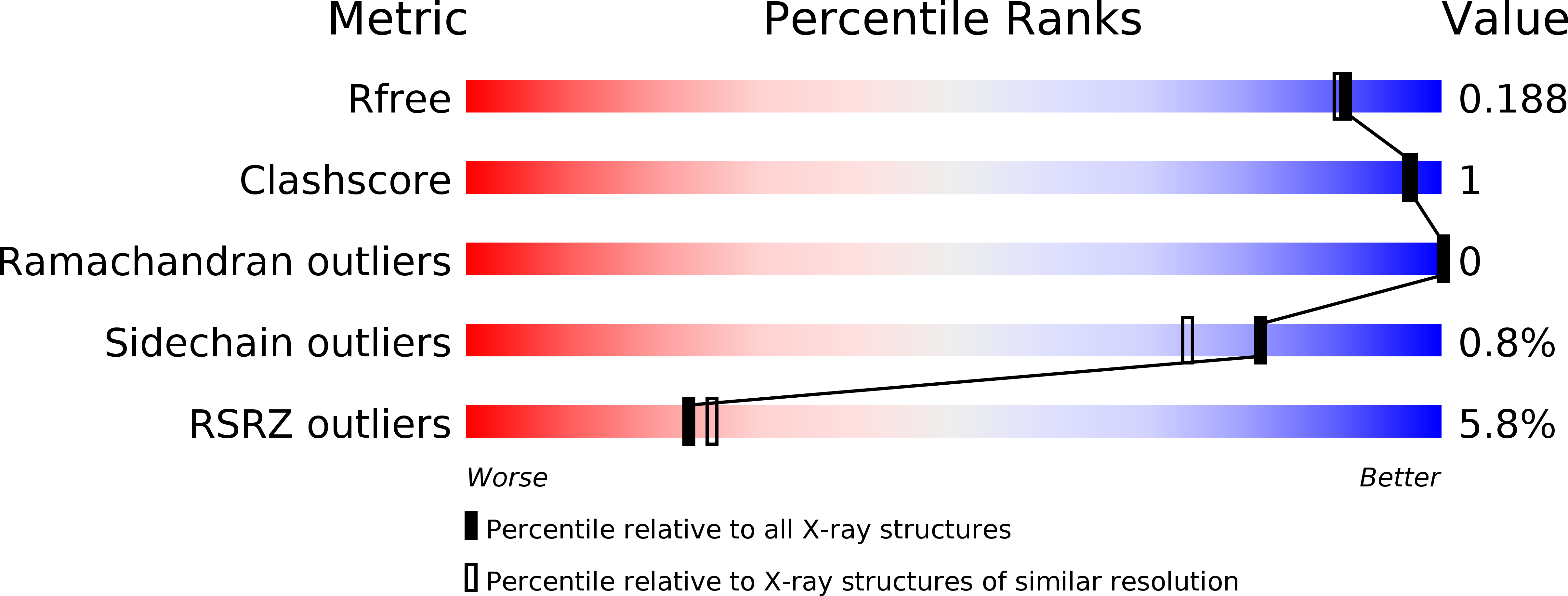
Deposition Date
2017-03-23
Release Date
2018-05-02
Last Version Date
2023-11-22
Entry Detail
PDB ID:
5XCN
Keywords:
Title:
Crystal structure of M120A mutant of O-acetyl-L-serine sulfahydrylase from Haemophilus influenzae
Biological Source:
Source Organism:
Host Organism:
Method Details:
Experimental Method:
Resolution:
1.69 Å
R-Value Free:
0.19
R-Value Work:
0.16
R-Value Observed:
0.16
Space Group:
I 41


